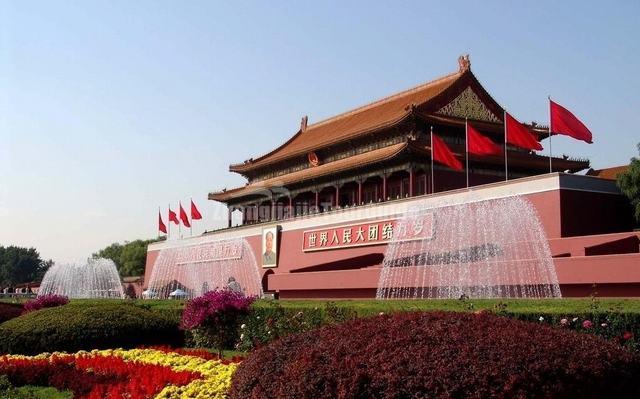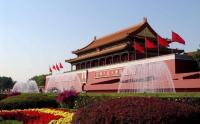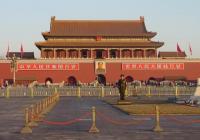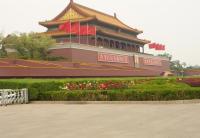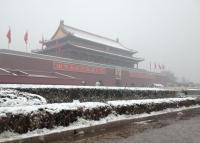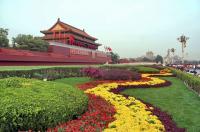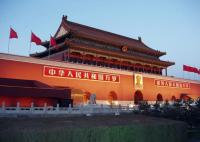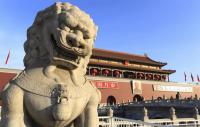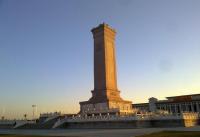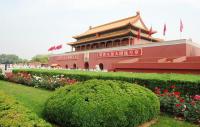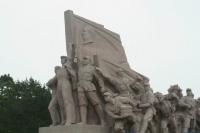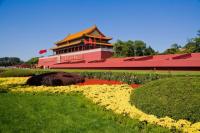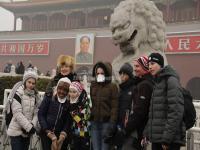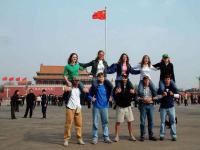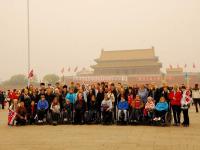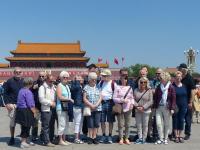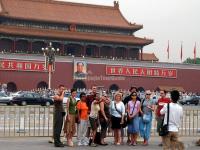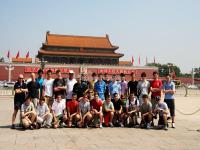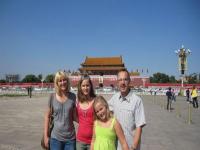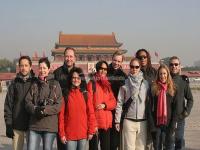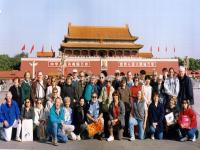Tiananmen Square
The Tiananmen Square lies at the cross-section between the central axis of Beijing. When it was first built in the 15th year of Yongle , it was called Chengtian Gate. It was twice destroyed in the Ming Dynasty, once by lightening, once by war. In 1651, or the 8th year of Emperor Shunzhi's reign in the Qing Dynasty, the Emperor named Fulin had it rebuilt on a large scale and changed its name to Tiananmen. Imposing and magnificent, it stands out among ancient city gates in China.
Tiananmen was the place for important ceremonies during the Ming Dynasty and Qing Dynasty, when imperial edicts were issued for coronation of emperors or the conferring of the title of empress. Tiananmen has witnessed many important events in China's modern history.
Tiananmen Square was formerly a courtyard in front of the main gate to the Forbidden City. At that time it measured about 110,000 square meters. Since the fall of the feudal system, and especially since the foundation of the People's Republic, it has been renovated and expanded many times. Now the square, at 880 meters long and 500 meters wide, measuring 440,000 square meters. To its east is the National Museum; to its west, the Great Hall of the People. In the middle of it stands the Monument to People's Heroes, to the south of which is Chairman Mao's Memorial Hall. The national flag ceremony held in the square every day stirs strong patriotic feelings in the bosom of everyone who loves New China. Now, in this new age of reform and opening, the age-old Tiananmen, as a witness of the past and present of China's civilization, with its unrivaled political significance, attracts tourists from all over the world.
